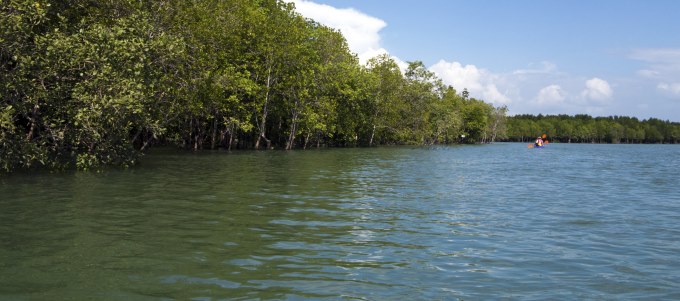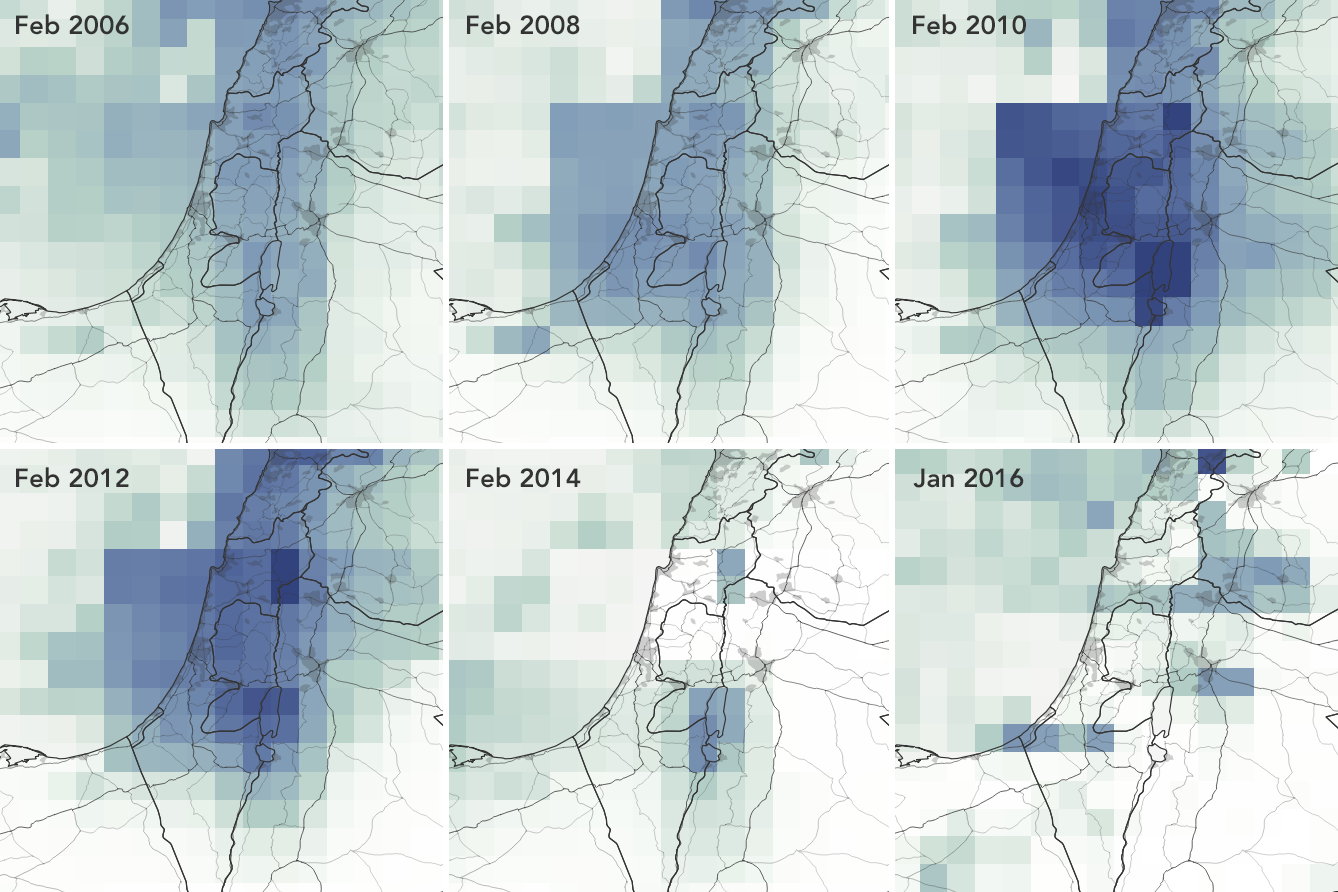
Green Infrastructure solutions include techniques such as constructing wetlands, reconnecting rivers to floodplains, wetland conservation, and introducing flood bypasses. Photo credit: UNEP
…
A new Green Infrastructure guide — launched Sept. 2 at World Water Week, by the United Nations Environment Programme (UNEP) — responds to the increasing recognition that green infrastructure represents an important opportunity to address the complex challenges of water management. Green infrastructure in the context of this report is about large-scale greenways as opposed to green stormwater infrastructure, such as green roofs and bioretention, specifically.
“The Green Infrastructure Guide for Water Management: Ecosystem-based Management Approaches for Water-Related Infrastructure Projects” makes clear that green infrastructure is a viable and cost-effective option that can support goals across multiple policy areas, including adaptation to climate change. For instance, the capacity of green infrastructure to build resilience to climate shocks and variability has proven to be effective in a multitude of cases around the globe. For instance, conserving mangroves provides shoreline protection against coastal erosion and storms, and restoring natural floodplains recharges groundwater and reduces the risk of severe flooding.
The publication is a product of the UNEP-DHI Partnership — Centre on Water and Environment, International Union for Conservation of Nature, The Nature Conservancy, and the World Resources Institute. The authors of this guide recognize that responses to water challenges are not always a straightforward choice of “green vs grey,” and that certain water management challenges can benefit from a combination of green and grey infrastructure. The guide takes the position that the most efficient and cost-effective approach for any given situation is found by evaluating all available options, gray and green, based on their suitability to local hydrology, resource availability, and other variables, on a case-by-case basis.
In addition to providing an overview of green infrastructure solutions for water management, this guide includes an outline methodology for water management options assessment, as well as a risk and uncertainty analysis. The guide concludes with a brief overview of a number of practical tools to support the evaluation of appropriate solutions.




